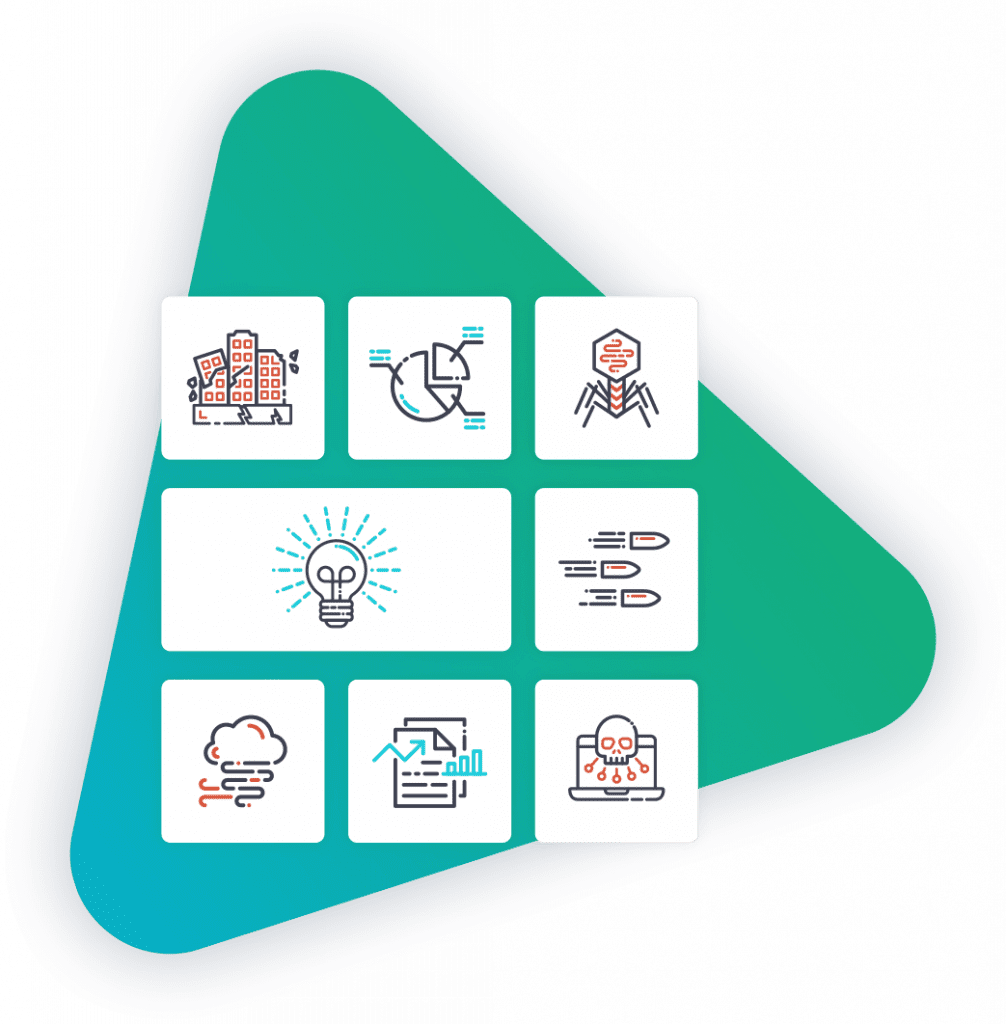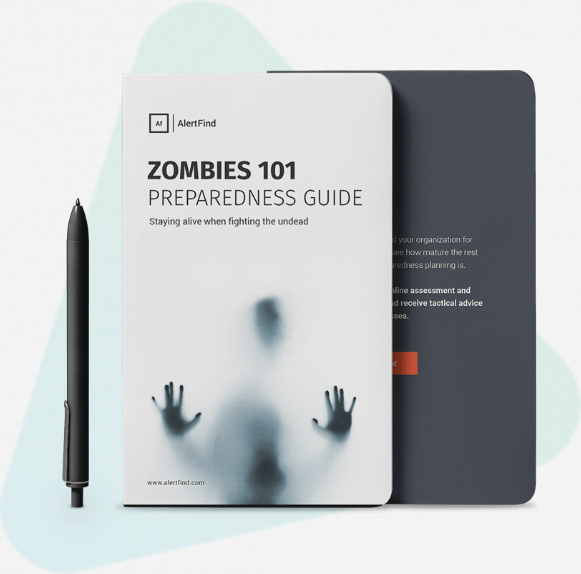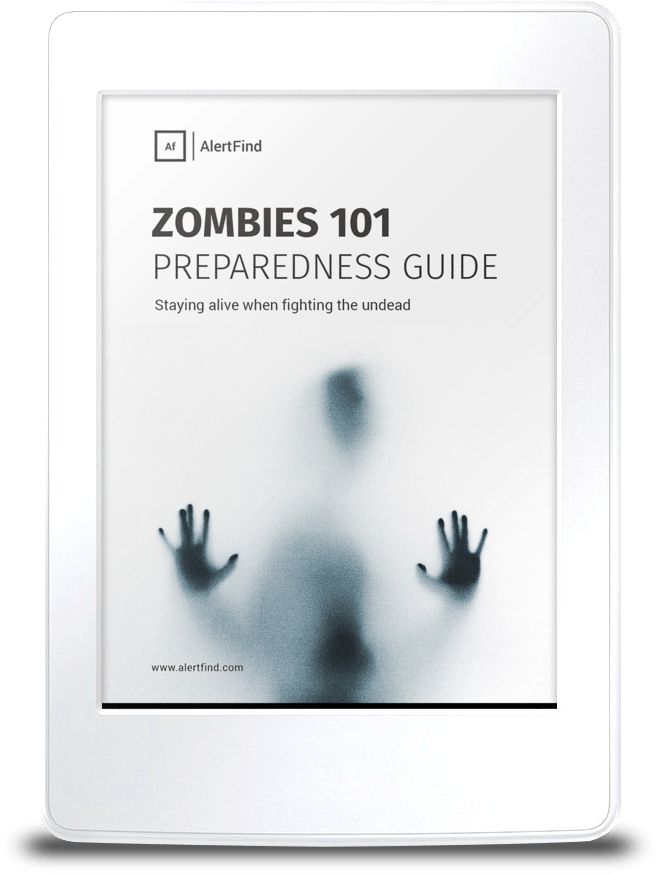Elevate Your Training With Tabletop Exercises
Tabletop exercises are a crucial component of any emergency preparedness plan. Effective tabletop exercises allow you to assess your organization’s emergency preparedness, identifying any weaknesses and improving your training program. They also provide a low-stress and low-cost opportunity to test and educate your employees.


What Is A Tabletop Exercise?
A tabletop exercise is a discussion-based session where team members meet to walk through a simulated emergency situation. Key personnel are assigned emergency management roles and responsibilities and they discuss the various actions they would take in this emergency scenario.
After the exercise is completed, a facilitator discusses what can be done better, and that feedback is used to improve the emergency preparedness plan and future training.
Why Are Tabletop Exercises Important?
The goal of a tabletop exercise is twofold: to test and to train.
TABLETOP EXERCISES SERVE TO:
- Evaluate your organization’s preparedness program
- Identify gaps or weaknesses in your preparedness plan
- Clarify employee roles and responsibilities
- Obtain participant feedback
- Acquire recommendations for plan improvements
- Improve coordination between teams
- Provide a low-stress opportunity for training and education
- Increase awareness and understanding of threats
GET YOUR EMPLOYEES TALKING ABOUT EMERGENCY PREPAREDNESS
We’ve put together a comprehensive tabletop exercise using three different zombie scenarios to teach core emergency preparedness principles of evade, shelter and barricade and fight and counterattack – in a way that’s engaging and memorable.
Download Zombies 101: Staying Alive When Fighting The Undead

How Do You Find An Effective Tabletop Exercise?
When your organization’s emergency preparedness plan is ready to be tested, conducting a tabletop exercise may be your best option.
LOOK FOR AN EXERCISE THAT:
- Establishes clear objectives and outcomes
- Provides guidelines for the exercise facilitator
- Sets up a plausible, interactive scenario
- Takes into account both internal and external teams
- Facilitates two-way conversation
- Includes an after-action report and next steps
How Do You Conduct A Successful Tabletop Exercise?
To reap the full benefits of your tabletop exercise, follow our proven process:
SET UP THE ENVIRONMENT
Start by declaring the venue a “no-fault” zone so that participants feel comfortable asking questions, expressing varying viewpoints and making mistakes.
Remind your team members that there is no single accepted solution, and encourage them to think creatively.


CONDUCT THE EXERCISE
When it comes time to execute the tabletop exercise itself, start by stating the objectives and explaining the scenario. Be as specific as possible in identifying which locations, departments and resources are affected.
Specify timing and weather conditions, and any other factors that can affect the severity of the crisis before diving into the simulated scenario.
REPORT THE RESULTS
Immediately following the exercise, debrief your team and ask them to share their thoughts and feedback. Make sure you discuss what worked well and what needs improvement. Ask participants to complete evaluations of both the preparedness plan and tabletop exercise itself.
Then, write an after-action report that records the results of the tabletop exercise. This report should include information from the debriefing and evaluations as well as notes from the exercise. Incorporate this feedback into your training and emergency preparedness plans, using your exercises as a way to continually improve your planning.
